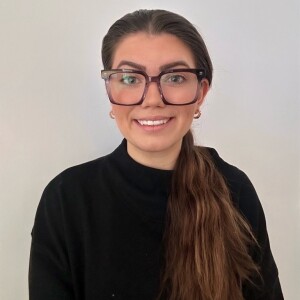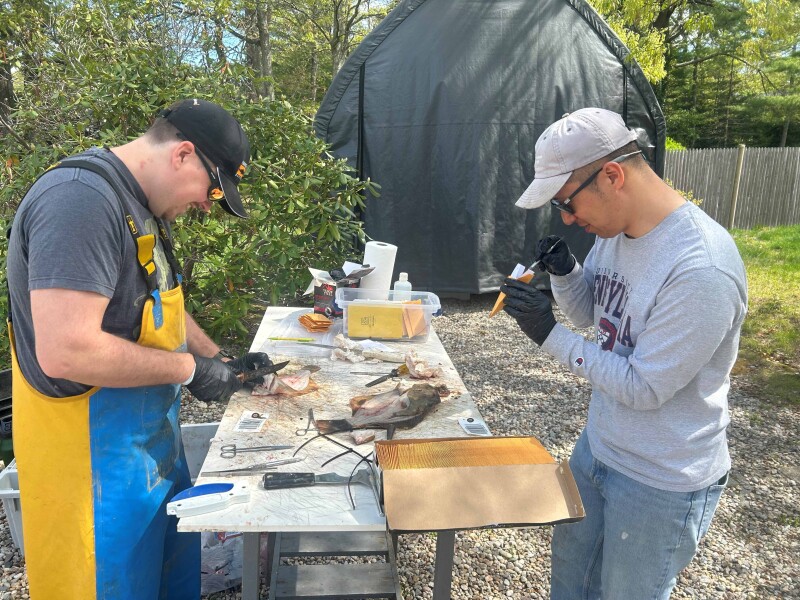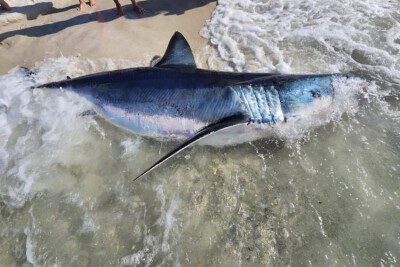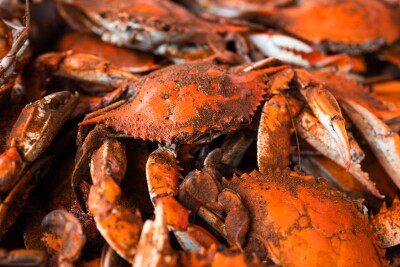A new kind of data collection is taking root in New England’s groundfish world, and it’s coming from a place that’s been underrepresented for a long time- the recreational for-hire fleet.
Over the past year and a half, a collaborative project called RecBio, short for the Recreational Biological Sampling Program, has been quietly revolutionizing how scientists and fishermen work together to gather vital biological data on Atlantic cod, and more recently, winter flounder. The program is led by Willy Goldsmith of Pelagic Strategies, Anna Mercer of NOAA’s Cooperative Research Branch, and Jeff Kneebone from the New England Aquarium. But the real force behind it? The captains themselves—charter operators who’ve stepped up to fill a critical data gap.
The goal is simple, but the impact is far-reaching: generate time- and location- specific age and length data from the for-hire fleet to help inform federal stock assessments—particularly for species like cod, for which the composition of recreational catch has historically been hard to quantify beyond just weight or poundage.
The catalyst for the project came from inside the Council process. “This project was actually first conceived by a couple of New England Council members representing the for-hire fleet,” shared Goldsmith. “Council member Capt. Mike Pierdinock, president of the Stellwagen Bank Charter Boat Association, came to us and said, ‘We really don’t have a lot of information on what the recreational sector is catching—especially with this new stock structure for cod.’” Current Council Chair Capt. Rick Bellavance, who serves as President of the Rhode Island Party and Charter Boat Association, agreed.
Until recently, Atlantic cod was assessed and managed under just two stock units: the Gulf of Maine and Georges Bank. In 2023, the structure expanded to four, including the Western Gulf of Maine (WGOM) and Southern New England (SNE), two areas where for-hire charter captains operate heavily. But under the previous system, biological data like age and length from recreationally caught fish was almost nonexistent. In some cases, there were zero recorded lengths from specific stock areas for entire years. And when it came to the age data? Nothing.
“There’s just not the same reporting and accountability requirements on the recreational side as there are on the commercial,” said Goldsmith. “It’s a different world, which makes it difficult to understand what’s really happening on the water.” This is particularly important given that the recreational fleet often targets cod (and other species) in different areas and using different gears than in commercial fisheries, meaning that scientists and managers may have an incomplete picture of stock status and trends.
RecBio aims to change that.
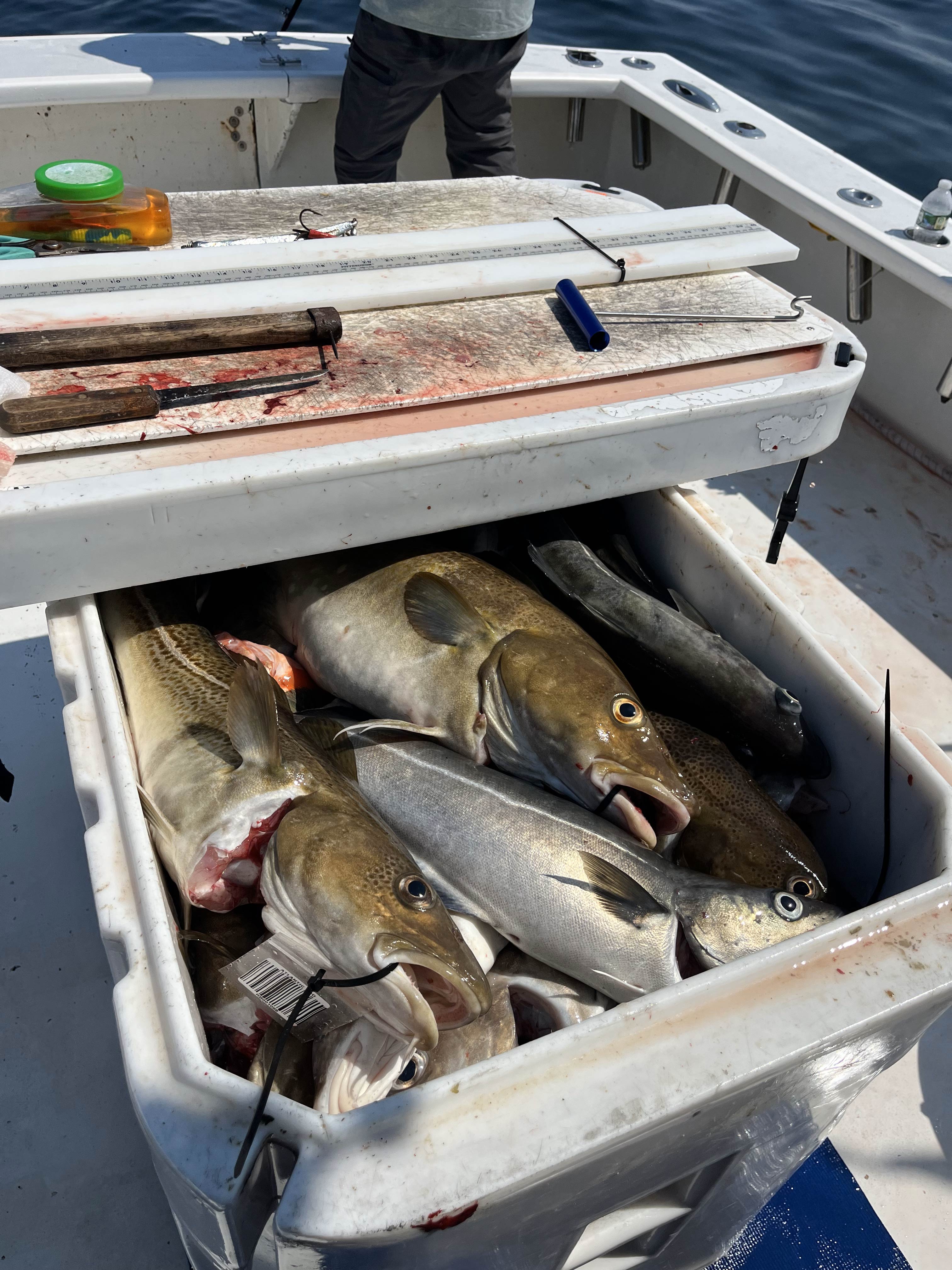
With support from the Atlantic States Marine Fisheries Commission (ASMFC) and The Nature Conservancy, RecBio launched its pilot phase in late 2023. The team recruited 12 for-hire vessels across the WGOM and SNE stock areas (primarily ported in Massachusetts and Rhode Island, respectively) and armed them with Harbor Light Software’s AnglerCatch app, customized for RecBio sampling. Using their smartphones or tablets, captains collect detailed length and location data (as well as photos) on both kept and discarded Atlantic cod, and now, winter flounder.
By the end of 2024, the program had already logged over 3000 fish- 1,357 Atlantic cod and 1,668 winter flounder. Of the cod, 315 were biologically sampled, with otoliths collected for aging and fin clips for DNA analysis. The data is flowing directly into the hands of federal stock assessment scientists, ensuring it’s used in the models that inform management decisions.
“This is really the jumping-off point,” said Mercer. “We’ve already shared data with assessment scientists. As that information continues to flow through the process, we expect it to start influencing how we understand and manage these stocks.”
A big focus is on recreational discards—fish released due to regulations or other factors—which have historically been invisible to the science. “We have some data on the volume being caught,” Goldsmith explained, “but we don’t know much about the composition. What sizes are being thrown back? What age classes are represented? That’s a huge black box we’re trying to open up.”
On the commercial side, port sampling programs have provided age and length data for years, but those programs have shrunk in size and funding. “This model—working directly with fishermen to collect data—could be applied across any fleet, any species,” Mercer noted. “It’s all about building a time series and getting a clear picture over time.”
And that time component matters. Stock assessments rely on long-term trends—seeing whether a species is gaining or losing younger age classes, how spatial distribution is shifting, or whether large spawners are still present. “We’re not looking to create a new abundance index,” said Goldsmith. “This isn’t for in-season quota monitoring. It’s about feeding into the bigger picture—creating better biological reference points for the fishery as a whole.”
Beginning in spring 2024, RecBio expanded to include winter flounder in the Gulf of Maine. Participating captains—like Capt. Mike Fowler of Bad Dog Sportfishing—logged data on over 1,600 fish, nearly all from Cape Cod Bay. Plans are in the works to add an aging component for flounder and eventually extend sampling into other areas.
If funding allows, the team hopes to grow RecBio to include more captains, more species such as golden and blueline tilefish and black sea bass, and potentially even private recreational anglers.
It’s not just about science—it’s about trust.
Too often science gets thrown at fishermen and they feel left out of the process. As soon as they’re involved—recreational or commercial—it changes the tone. They start to trust the numbers more because they helped collect them.
“This is quality research,” Goldsmith said. “And because it’s cooperative, it helps break down some of the walls that have existed between sectors. It’s not ‘us versus them’- it’s ‘we.’”
Mercer added that the project also sheds light on the natural overlap between commercial and recreational operations. “A lot of the folks we’re working with are active in both sectors. They might be running charters in the summer and gillnetting or lobstering the rest of the year. It’s not black and white—it’s a continuum. And this research sits right at those intersections.”
That crossover makes RecBio especially relevant to commercial fishermen, even those who might not think of it as their fight. “This is a mixed-use fishery,” Mercer emphasized. “And what happens in one sector affects the other. Better data benefits everyone.”
Another critical element: location specificity. With the cod stock structure shift, knowing where fish are caught has become even more important. Historically, recreational effort was estimated based on the port where anglers landed, not where they fished. That just doesn’t cut it anymore.
“With the new stock assessment approach, we really need spatially explicit data,” said Mercer. “That’s what RecBio is delivering.”
As a fourth-generation lobsterman’s daughter from the coast of Maine, and someone who’s watched the regulatory landscape change faster than the tide, I see this kind of collaboration as not just promising, but essential. And the fact that NOAA Fisheries, through its Cooperative Research Branch, is fully leaning into projects like this is a good sign.
“We don’t always communicate our successes well,” Mercer admitted. “And that’s something we want to change. Projects like RecBio are working. We just need to make sure people know about them.”
They’re off to a good start. In addition to their work with charter associations, the RecBio team has presented at the Cooperative Research Summit in Portland, Maine and shared updates with regional science and management partners. The goal is to build on that momentum, keep the program funded, and continue listening to what fishermen see on the water.
“We’ve had a great first year,” said Goldsmith. “Now we want to keep growing it—with the captains, with the science, and with anyone who cares about the future of these fisheries.”




